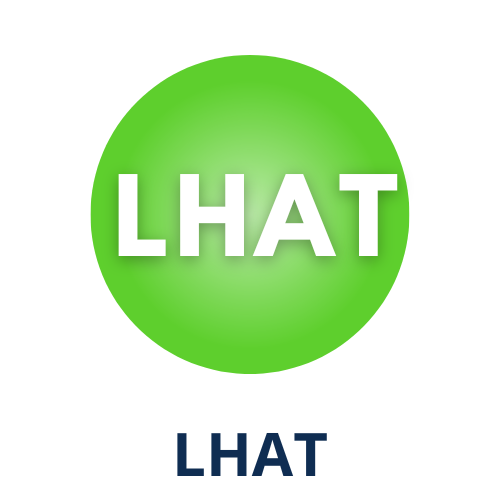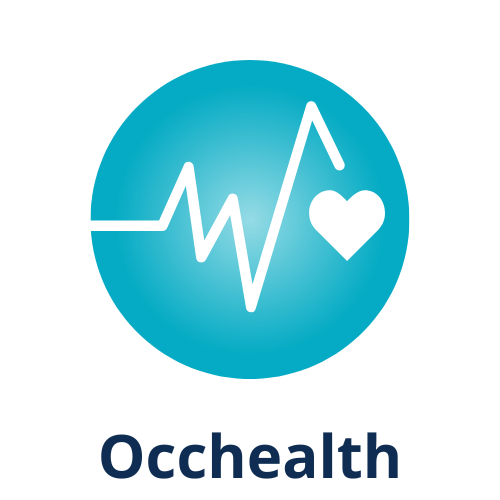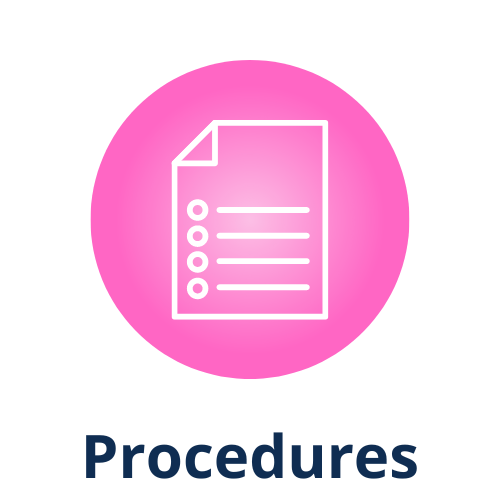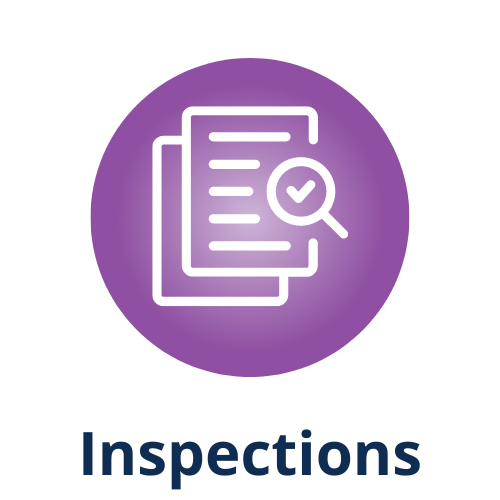1. What is considered biohazardous material?
The biosafety program includes oversight for all research activities involving synthetic and recombinant nucleic acids, infectious/pathogenic agents, bloodborne pathogens, select agents and other biohazardous materials including, but not limited to:
-Infectious/pathogenic organisms that can cause disease in humans or cause significant environmental or agricultural impact;
-Human or primate tissues, fluids, cells or cell cultures (including established cell lines);
-Animal tissues, fluids, cells or cell cultures that have been exposed to infectious organisms;
-Recombinant DNA used in vitro, in vivo and in clinical trials;
-Transgenic plants or animals (including arthropods);
-Human gene transfer clinical trials;
-Releases of recombinant DNA into the environment;
-Samples collected in the field, if samples, collection environment or off-target species caught in traps pose biohazard risk (e.g., small mammal trapping, insect collection oversees, water or soil collection,..)
-Animals known to be reservoirs of zoonotic diseases; and
-Select agents and toxins
2. How do I know if I need a BUA?
Your Principal Investigator will need to submit a Biological Use Authorization (BUA) if you are working with biological agents covered by the NIH Guidelines that include but not limited to:
-recombinant DNA
-synthetic nucleic acids
-biological toxins
-material of human or non-human primate origin, including cell lines
-Risk Group 2 or higher agents
If you have are unsure of if your research requires a BUA, please contact the biosafety office.
3. How do I get a BUA?
If you are in need of a Biological Use Authorization (BUA), please complete the BUA form. Only a Principal Investigator may request a BUA. This application is online, and is part of the Laboratory Technology Suite (
BIO) in RSS.
Here is the
instruction for using the BIO platform to create/edit a BUA.
The biosafety staff will review all protocols and request additional information and clarification prior to sending the application on for further committee review. Once any revisions are received, the committee will review the protocol at the monthly IBC meeting.
BUAs expire three years from the original approval date. BSL-1 research may receive approval for 5 years. If you have questions regarding the application, please email
biosafety@ucmerced.edu for clarification.
4. How do I change or renew my BUA?
If you already have a BUA and need to renew or make a change to the listed organisms, procedures, location, or personnel, you must contact the biosafety office to unlock your BUA in BIO to make it available for editing. If significant changes are made to the procedures and/or organisms, a new BUA may need to be submitted.
Please remember, BUAs expire 3 years from the ORIGINAL approval date.
5. I have amended my BUA several times. What is the new expiration date?
The expiration date of the original BUA does not change when amendments are approved. BUAs expire three years from the original approval date.
6. Most recombinant work is harmless, especially work with recombinant plants. Why is a BUA required for this work?
Although most work with transgenic animals, recombinant plants, and with plant pathogens presents minimal risk to humans, much of this work poses considerable risk to agriculture and to natural ecosystems. The Institutional Biosafety Committee is required under NIH Guidelines and University rules to review and approve all such research.
7. How can I find out if my rDNA project is exempt from IBC review?
First, review Section III-F and Appendix C of the NIH Guidelines for Research Involving Recombinant DNA to determine the types of projects that may be exempt under the Guidelines (PI familiarity with the NIH Guidelines is an NIH requirement). NIH has exempted certain types of rDNA work from IBC approval such as simple cloning into E. coli K-12 and its derivatives, but these exemptions are very narrow and are not uniform across all types of research. The IBC and its delegates in the Biological Safety Office at EH&S have the sole authority to determine whether a specific project is exempt from review under the Guidelines. If you are planning rDNA work that you believe is exempt, please e-mail a brief summary of the work including the hosts, vectors, genes, and DNA sources (species) to
biosafety@ucmerced.edu for review by the Biological Safety Office and the IBC. If you are working with E. coli, please specify the strain (e.g. DH5 alpha or BL21), as non-K12 derived E. coli are NOT exempt from the NIH Guidelines.
8. What is the IBC BUA review schedule? How long does the review process take?
Depending on when the BUA application was submitted, the review process requires at least two to four weeks. The IBC meets monthly to review and discuss BUAs for approval after the initial inspection by the Biosafety Officer. Please see the deadline schedule on the
IBC page.
9. What criteria do the IBC members use to evaluate a BUA application, and what are the possible voting outcomes?
The IBC develops a risk assessment for the project and determines whether the PI has provided measures to mitigate or minimize the risk to acceptable levels. If the committee agrees that the PI understands the risks and has mitigated or minimized them in all respects so that the proposed work can be conducted safely by properly trained personnel, the committee may vote to approve the application as written. If minor issues such as absent or incorrect disinfectant contact times arise during the evaluation, the committee may vote to defer the BUA and give the PI until the next meeting to submit a revised application with requested information. If the application lacks sufficient information for the committee to develop a robust risk assessment, the committee may table the application pending significant revision. Finally, if the committee determines that the proposed work cannot be conducted safely at UC Merced by properly trained personnel, it may reject the application. Work that must be conducted at BSL4 and its variants including BSL-3 Ag is categorically rejected at UC Merced because appropriate facilities are not currently available. Likewise, work with inactivated Risk Group 4 agents is currently not allowed at UC Merced.
BUAs without completed training of all lab members listed on the BUA, current annual lab inspection, or insufficient information on the project, procedures, or materials employed for the research will NOT be assigned to an IBC meeting.
10. I am no longer doing the work described in our BUA but want to store infectious agents or recombinant constructs. What should I do?
Submit a "Storage Only" BUA using the online application
BIO. Under this type of BUA, you are indicating that you will only store the agents and will not work with them, not even for passaging or other maintenance. You must renew your "Storage Only" BUA every three years. If you decide you want to resume work on the agents listed on the "Storage Only" BUA, you need to obtain IBC approval of the proposed work, before any work can begin.
11. I am no longer doing the research described in my BUA and will not store any infectious agents or rDNA constructs. What should I do with my BUA? How do I terminate my BUA?
If you will no longer conduct the research described in your BUA and you will not store any infectious agents or recombinant DNA constructs, please contact the Biosafety Office to terminate your BUA. You must destroy or transfer remaining biological materials associated with the BUA to another PI who is authorized to receive them. The Biological Safety Office will then notify the IBC of the termination of your BUA.
12. What should I do if I want to terminate my BUA and transfer my biohazardous agents or materials to another PI at UC Merced or at another institution?
You can transfer your biological materials only to PIs who are authorized by the IBC to possess or store the specific agents or materials. To transfer biohazardous agents or materials to another institution, you must obtain a letter from the recipient institution that authorizes the transfer and assumes permanent ownership of the agents or materials, for IBC review and approval. A Material Transfer Agreement is also likely to be required – check with the MTA desk in the Office of Research for further information.
13. Why are the "storage only" and material transfer rules so strict and precise?
This system allows the Biological Safety Office to track stored biohazardous materials that might otherwise eventually be forgotten when the PI retires or leaves the university. Storage of such materials without continuous direct stewardship and supervision is extremely hazardous.
14. When do I need a Bloodborne Pathogen Exposure Control Plan (BBP ECP)?
You need a Bloodborne Pathogen Exposure Control Plan when your work involves handling human (and non-human primate) blood and body fluids, unfixed human tissue, human cells and established human cell lines, and any material that contains or is reasonably believed to contain HIV, Hepatitis B virus (HBV), or Hepatitis C virus (HCV). You can review the bloodborne pathogen laws and regulations at the
California Code of Regulations, Title 8, SubSection 5193 website. You can access UC Merced's BBP ECP document
here.
15. When do I need a Medical Waste Management Plan (MW MP)?
You need a Medical Waste Management Plan when you generate waste that is potentially infectious to humans. If you are collecting waste in red biohazard bags and disposing of them in the designated medical waste accumulation areas, a MW MP is also necessary, regardless of BSL. The MW MP is a separate document from the BUA and the BBP ECP.
16. What is the proper way to store dry medical waste and medical waste sharps in the lab?
In general, dry medical waste is stored in red medical waste bags which are kept in a secondary container such as a five-gallon paint bucket or other hard-walled, leak-proof container of size appropriate to the waste bag. The secondary container must have a tight-fitting lid and must be labeled with the biohazard symbol on the lid and from all vantage points on the side of the container (one on each side of a rectangular container, or a label every ~120 degrees on a round container). The dry waste container must be sealed and disposed to a medical waste accumulation site or approved inactivation facility when full, or no later than seven days after first use. Medical waste sharps are placed in a hard-walled and leak-proof sharps container labeled with the words "sharps waste" and the biohazard symbol. The medical waste sharps container may be used until it is filled (contents are at the fill line). To determine the location of your medical waste accumulation site please consult your unit's Medical Waste Management Plan.
17. Why can't I autoclave my own medical waste and dispose it to the landfill?
The Medical Waste Management Act allows medical waste inactivation by laboratory staff but only in autoclaves that have been inspected and approved by the California Department of Public Health. CDPH autoclave approval requires careful record-keeping, maintenance programs, and frequent sterilization equipment validations with biological indicators. Contact the
Biosafety Office for further information.








